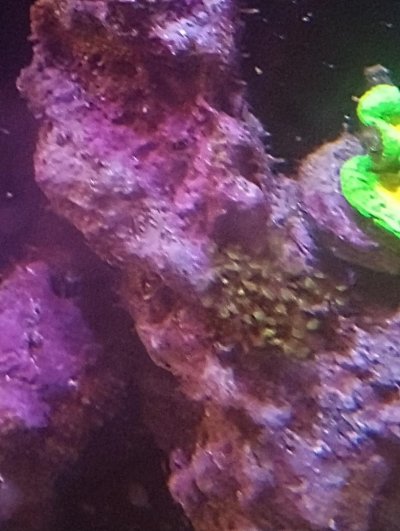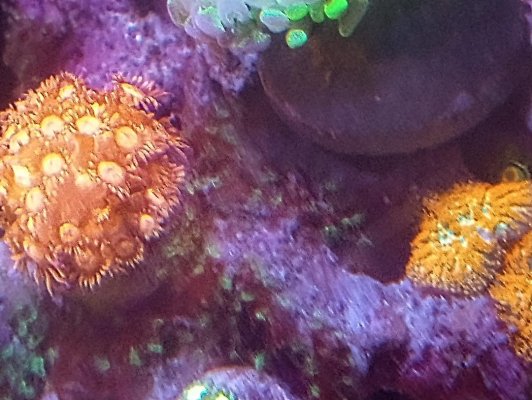That’s why I’ve mentioned depending on the conditions.I don’t think heterotrophic bacteria take up N and P to any great extent unless one artificially doses organics that lack N and P. Random biochemicals that get consumed have more N and P than required.
I don’t believe that up to date no one thought of studying the actual uptake of nutrients in aquaria by bacteria, most foods that we use daily in our systems contains carbon in different forms meaning that most systems will be getting a dose of carbon daily and this is reflected in most eDNA tests from aquabiomics that illustrate heterotrophic bacteria in all systems past the initial few weeks of a system fishless cycle. Meaning that I’m a way bacteria has a large influence on the nitrates and nitrogen availability in aquaria.





















